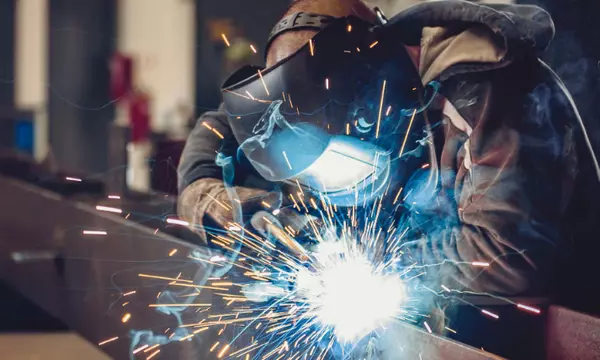Innovation, R&D and IP
The COVID-19 pandemic has had overwhelming impacts on our economy, not to mention the impact on lives and personal wellness. The critical lack of medical equipment to treat and protect those affected highlights the over-reliance of United States manufacturing sector on overseas production. The offshoring issue extends beyond current pandemic concerns, however, reaching far larger and more permanent concerns over industrial supply chains, worker training and even national security.
The 2019 Manufacturing and Logistics National Report shows how each state ranks among its peers in several areas of the economy that underlie the success of manufacturing and logistics. These specific measures include: manufacturing and logistics industry health, human capital, cost of worker benefits, diversification of the industries, state-level productivity and innovation, expected fiscal liability, tax climate, and global reach.
MIT President Rafael Reif convened the MIT Task Force on the Work of the Future in the spring of 2018. Its goals are to understand the relationships between emerging technologies and work, and to explore strategies to enable a future of shared prosperity. This report will not provide definitive answers, but instead aims to enable decision-makers to ask the right questions.
This paper examines the nature and prospects of robotics and associated production technologies, reviews the literature on their impact on spatial dynamics, reviews recent data on robotic adoption, including controlling for robot adoption rates by domestic worker compensation rates, and speculates on future trends in the spatial distribution of manufacturing.
For manufacturing enterprises, the advent of artificial intelligence (AI) will reshape the source of value creation, the formation of new business models, and the delivery of value-added services such as mass customization, predictive maintenance, and “product servitization”. As AI becomes more prevalent in various aspects of business management and operations, investing in people will become even more important.
Much of the research on automation has focused on the potential for job displacement and has taken a national-level view. This report looks beneath the national numbers to examine the present and potential future of work for different people and places across America. Local economies across the country have been on diverging trajectories for years, and they are entering the automation age from different starting points.
Although today’s U.S. labor market is strong and unemployment is low, many working-age American remain marginalized. As communities across the country grapple with the challenges of an ever-evolving labor market, this report provides a framework for local leaders to grow good jobs through industrial development strategies that are based on their regions’ unique capabilities.
Smart manufacturing depends critically on information governance: rules (formal and informal) concerning the collection, flow, and analysis of information, often in digital form. To explore information governance issues in depth, the Manufacturing Policy Initiative at Indiana University hosted a roundtable event in Washington, DC, with executives from nearly 20 manufacturers. Policy experts from academia were asked to contribute to papers on specific topics including AI in manufacturing.
This report analyzes AI’s likely impacts by examining past impacts of technology, including robotics and information technology, on the economy and jobs. It also considers how AI does—and does not—go beyond previous technologies and substitute for human capacities and intelligence.
Many companies are piloting Fourth Industrial Revolution initiatives in manufacturing, but few have managed to integrate Fourth Industrial Revolution technologies at scale to realize significant economic and financial benefits. The World Economic Forum, in collaboration with McKinsey & Company, scanned more than 1,000 leading manufacturers. Subsequent outreach enabled visits to the most advanced sites and identification of the few factories that are true guiding lights.


